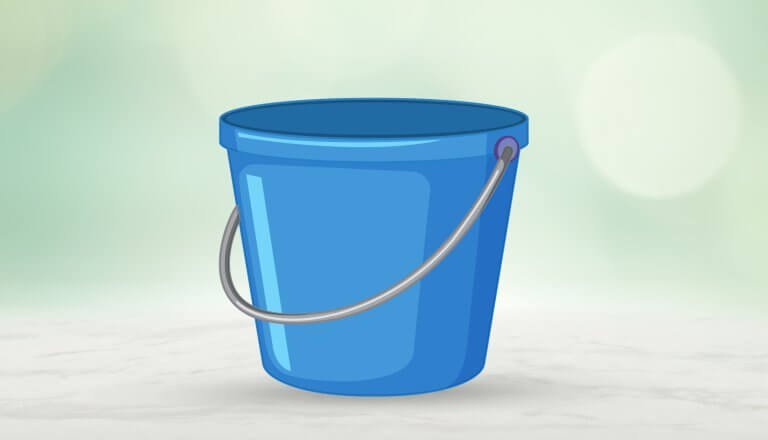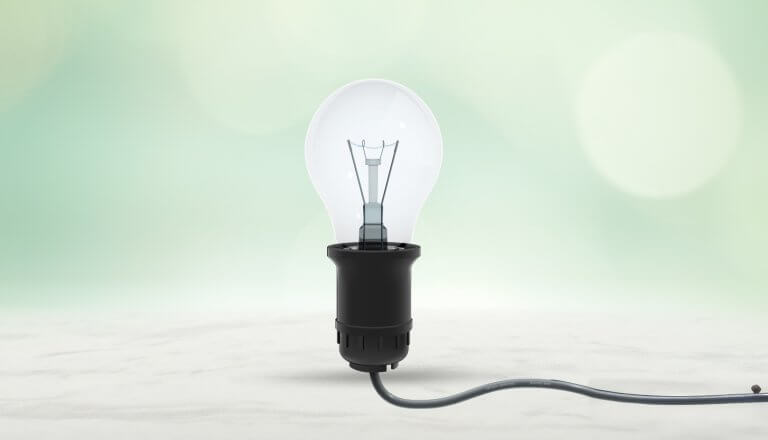Embarking on the beautiful journey of learning Arabic means unlocking a new world with each letter you master. Today, we’re diving deep into one of the most versatile and essential characters in the alphabet: the letter و (Waw). If you’ve been searching for the wow arabic letter or wondering how to pronounce the ‘w’ sound, you’ve come to the right place. This guide will cover everything you need to know.
What is the Wow Arabic Letter (و)?
The wow arabic letter, officially named Waw (pronounced waaw), is the 27th letter in the Arabic alphabet. While its form is a simple, elegant loop with a tail, its function is anything but. For English speakers, its most direct translation is the “w” sound, as in “water” or “world.” However, its role extends far beyond that, acting as both a consonant and a vowel, making it a cornerstone of Arabic pronunciation and grammar.
Pronouncing the ‘W’ in Arabic: The Three Roles of Waw
To truly master the w in arabic, you must understand the three distinct sounds the letter و can produce depending on its context within a word.
1. As a Consonant (The ‘W’ Sound)
This is its most common function, especially when it appears at the beginning of a word. It sounds just like the English “w”.
- Example: (wardah) وَرْدَة – meaning “rose.”
- Example: (waahid) وَاحِد – meaning “one.”
2. As a Long Vowel (The ‘oo’ Sound)
When و follows a letter marked with a dammah (a small curl-like vowel mark ‘ُ’ indicating an “u” sound), it extends that sound into a long “oo,” like in the word “moon.”
- Example: (sooq) سُوق – meaning “market.” The و elongates the “u” sound from the preceding letter س (seen).
- Example: (fool) فُول – meaning “beans.”
3. As a Diphthong (The ‘aw’ Sound)
When و follows a letter marked with a fathah (a small diagonal vowel mark ‘َ’ indicating an “a” sound), it combines with it to create an “aw” or “ow” sound, similar to the word “cow.”
- Example: (thawb) ثَوْب – meaning “garment.”
- Example: (nawm) نَوْم – meaning “sleep.”
How to Write the Arabic Letter Waw (و)
Writing the Arabic letter wow is straightforward. The most important rule to remember is that و is a “non-connector,” meaning it never connects to the letter that comes after it. It only connects to the letter before it.
How to form it:
- Start on the line and draw a small, tight loop clockwise.
- Without lifting the pen, extend the end of the loop downwards, curving below the line like a tail.
Because it’s a non-connector, it only has two forms:
- Isolated/Initial Form: It looks the same whether it’s by itself or at the start of a word: و
- Medial/Final Form: When it follows another letter in a word, it connects from the right: ـو
The Significance of the Wow Arabic Letter (و) in Grammar
Beyond its phonetic roles, the waw letter arabic holds significant grammatical power. Its most frequent and vital function is as a conjunction.
The Conjunction ‘And’
When و appears at the beginning of a word (and is pronounced wa), it almost always means “and.” This is one of the most common uses you will encounter.
- Example: (qalam wa kitaab) قلم و كتاب – meaning “a pen and a book.”
- Example: (anaa wa anta) أنا و أنت – meaning “I and you.”
The ‘Oath’ Waw
In formal and classical Arabic, particularly in the Qur’an, و can be used to take an oath or swear by something.
- Example: (wallaahi) وَاللَّهِ – meaning “By God!”
Common Words Featuring the Arabic Letter Wow
To help you practice, here are some common and useful Arabic words that use the letter و. Pay attention to how its sound changes!
- boy – وَلَد (walad)
- roses – وَرْد (ward)
- color – لَوْن (lawn)
- houses – بُيُوت (buyuut)
- time – وَقْت (waqt)
- paper/leaf – وَرَقَة (waraqah)
- puppy – جَرْو (jarw)
Highlighting the Letter Wow in the Arabic Alphabet
Rose وردة (Wardah)

Bucket دلو (Dalw)

Puppy جرو (Jarw)

Strawberry فراولة (Farawilah)

Light ضوء (Daw’)

Mastering the letter و is a huge step forward in your Arabic journey. By understanding its different pronunciations, how to write it, and its grammatical roles, you will significantly improve your reading comprehension, pronunciation accuracy, and overall confidence.
At Kaleela.com , we are committed to providing you with clear and engaging resources to help you master the Arabic language. Keep practicing, and the beauty of Arabic will continue to unfold for you!



